How to Recognize Propaganda | Cold War Era Educational Film | ca. 1957
● Please SUPPORT my work on Patreon: https://bit.ly/2LT6opZ
● Visit my 2ND CHANNEL: https://bit.ly/2ILbyX8
►Facebook: https://bit.ly/2INA7yt
►Twitter: https://bit.ly/2Lz57nY
►Google+: https://bit.ly/2IPz7dl
✚ Watch my "Cold War-Era" PLAYLIST: https://bit.ly/2J4N5LM
This Cold War era film – originally titled as "Defense Against Enemy Propaganda" – is an episode of the U.S. Army's "The Big Picture" television series. It was released in circa 1957.
This film examines enemy propaganda and its danger to American way of life. It is an absorbing film presentation set in an exhibit room containing examples of media such as pamphlets, posters, broadcasts, and photographs, which were used by the enemy (primarily by the Soviet Union) to disseminate propaganda. A member of the Office of Special Warfare, whose job it is to recognize propaganda, describe its purpose, and discuss the methods of dissemination that may be utilized, narrates this film as stock footage and original shots of enemy propaganda are shown. The film concludes with the lesson that the best defense against enemy propaganda is the ability to recognize it for what it really is – lies and distortion with little or no basis in fact.
HISTORICAL BACKGROUND / CONTEXT
Propaganda is information that is not objective and is used primarily to influence an audience and further an agenda, often by presenting facts selectively to encourage a particular synthesis or perception, or using loaded language to produce an emotional rather than a rational response to the information that is presented. Propaganda is often associated with material prepared by governments, but activist groups, companies and the media can also produce propaganda.
In the twentieth century, the term propaganda has been associated with a manipulative approach, but propaganda historically was a neutral descriptive term. A wide range of materials and media are used for conveying propaganda messages, which changed as new technologies were invented, including paintings, cartoons, posters, pamphlets, films, radio shows, TV shows, and websites.
The West and the Soviet Union both used propaganda extensively during the Cold War. Both sides used film, television, and radio programming to influence their own citizens, each other, and Third World nations. The United States Information Agency operated the Voice of America as an official government station. Radio Free Europe and Radio Liberty, which were, in part, supported by the Central Intelligence Agency, provided grey propaganda in news and entertainment programs to Eastern Europe and the Soviet Union respectively. The Soviet Union's official government station, Radio Moscow, broadcast white propaganda, while Radio Peace and Freedom broadcast grey propaganda. Both sides also broadcast black propaganda programs in periods of special crises.
(Black propaganda is false information and material that purports to be from a source on one side of a conflict, but is actually from the opposing side. It is typically used to vilify, embarrass, or misrepresent the enemy. Black propaganda contrasts with grey propaganda, the source of which is not identified, and white propaganda, in which the real source is declared and usually more accurate information is given, albeit slanted, distorted and omissive. Black propaganda is covert in nature in that its aims, identity, significance, and sources are hidden.)
When describing life in capitalist countries, in the US in particular, propaganda focused on social issues such as poverty and anti-union action by the government. Workers in capitalist countries were portrayed as "ideologically close". Propaganda claimed rich people from the US derived their income from weapons manufacturing, and claimed that there was substantial racism or neo-fascism in the US.
When describing life in Communist countries, western propaganda sought to depict an image of a citizenry held captive by governments that brainwash them. The West also created a fear of the East, by depicting an aggressive Soviet Union.
George Orwell's novels Animal Farm and Nineteen Eighty-Four are virtual textbooks on the use of propaganda. Though not set in the Soviet Union, these books are about totalitarian regimes that constantly corrupt language for political purposes. These novels were, ironically, used for explicit propaganda. The CIA, for example, secretly commissioned an animated film adaptation of Animal Farm in the 1950s with small changes to the original story to suit its own needs.
How to Recognize Propaganda | Cold War Era Educational Film | ca. 1957
TBFA_0151
NOTE: THE VIDEO REPRESENTS HISTORY. SINCE IT WAS PRODUCED DECADES AGO, IT HAS HISTORICAL VALUES AND CAN BE CONSIDERED AS A VALUABLE HISTORICAL DOCUMENT. THE VIDEO HAS BEEN UPLOADED WITH EDUCATIONAL PURPOSES. ITS TOPIC IS REPRESENTED WITHIN HISTORICAL CONTEXT. THE VIDEO DOES NOT CONTAIN SENSITIVE SCENES AT ALL!
0



 TheSaltyCracker
TheSaltyCracker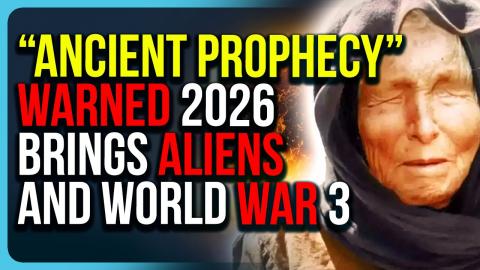
 Timcast IRL
Timcast IRL
 Sant77
Sant77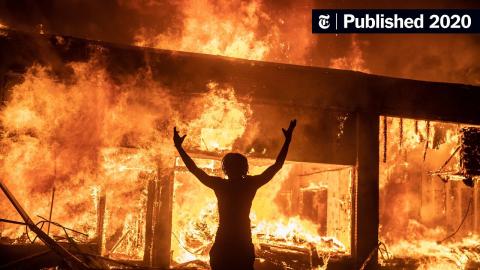
 TheQuartering
TheQuartering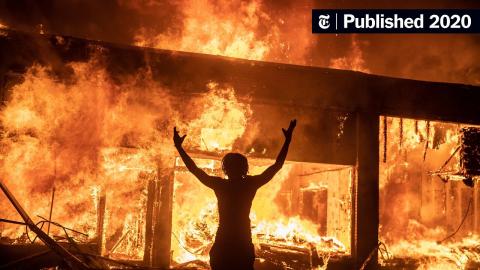
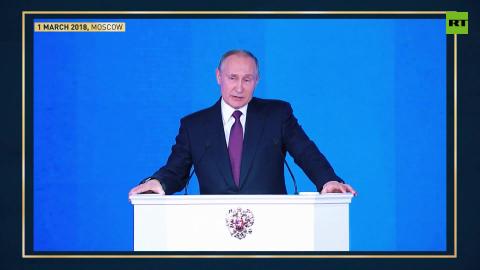
 RT
RT
 KEEPER
KEEPER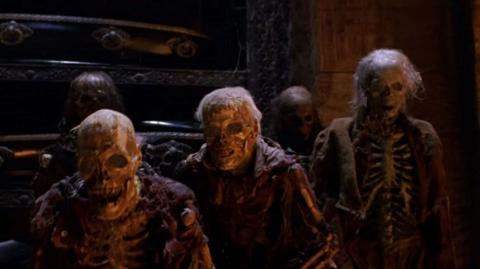
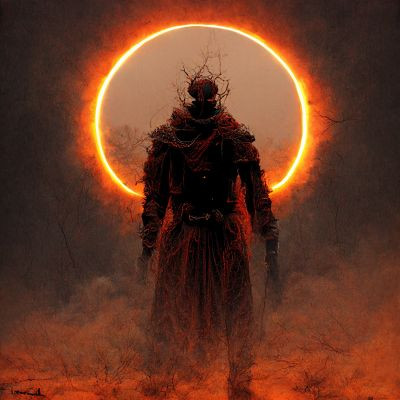 Longshanks
Longshanks
 TateSpeech
TateSpeech
 Temashowcase
Temashowcase
 Redacted News
Redacted News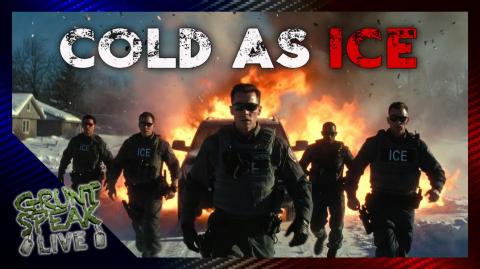
 Redonkulas Popp
Redonkulas Popp



![Ep 3813b - [DS] Feeling The Pain,[DS]/D’s Are Moving From Information War To Physical War,Buckle Up](https://cdn.mgtow.tv/upload/photos/2026/01/2a9ce4d4efcabb72b1639ec245ed133ed559217f3W12fSOZQNoUkkAXnSvM.video_thumb_high.jpg)
 X22 Report
X22 Report![Ep 3813b - [DS] Feeling The Pain,[DS]/D’s Are Moving From Information War To Physical War,Buckle Up](https://cdn.mgtow.tv/upload/photos/2026/01/2c743ac5195f9f08a3aec548c54a0bc89e0b2342s3zexpnwNGe751HF48ag.video_thumb_high.jpg)
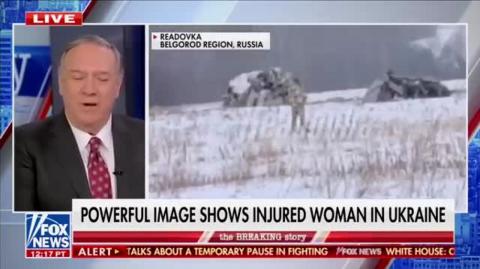
 MikePompeoFanboy
MikePompeoFanboy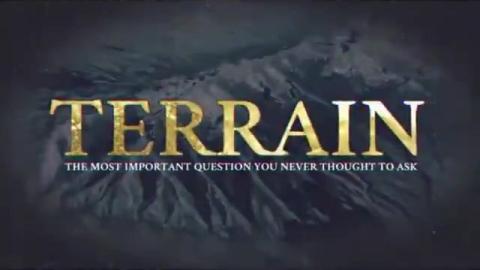
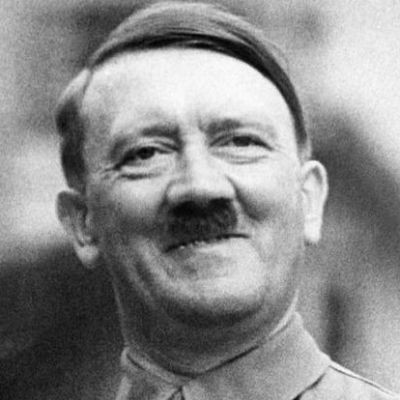 Life_N_Times_of_Shane_T_Hanson
Life_N_Times_of_Shane_T_Hanson

Log in to comment
the us govt does not represent the us citizens or our interests.. We fight in other people's lands because we work for the imperialists.. the middlemen merchants.. the colonial globalists.. the west out to assimilate the ukraine now.. cuba I am sure.. They are destroying American people who do their bidding overseas.. We killedf people in vietnam , some years later our shoes and other such items come from there while we have no jobs.. korea divide and conquer , put them to work making our goods so they can keep American jobs from Americans. . we fight so wallstreet aka london can take our jobs overseas to undermine us Americans at home.. hmm